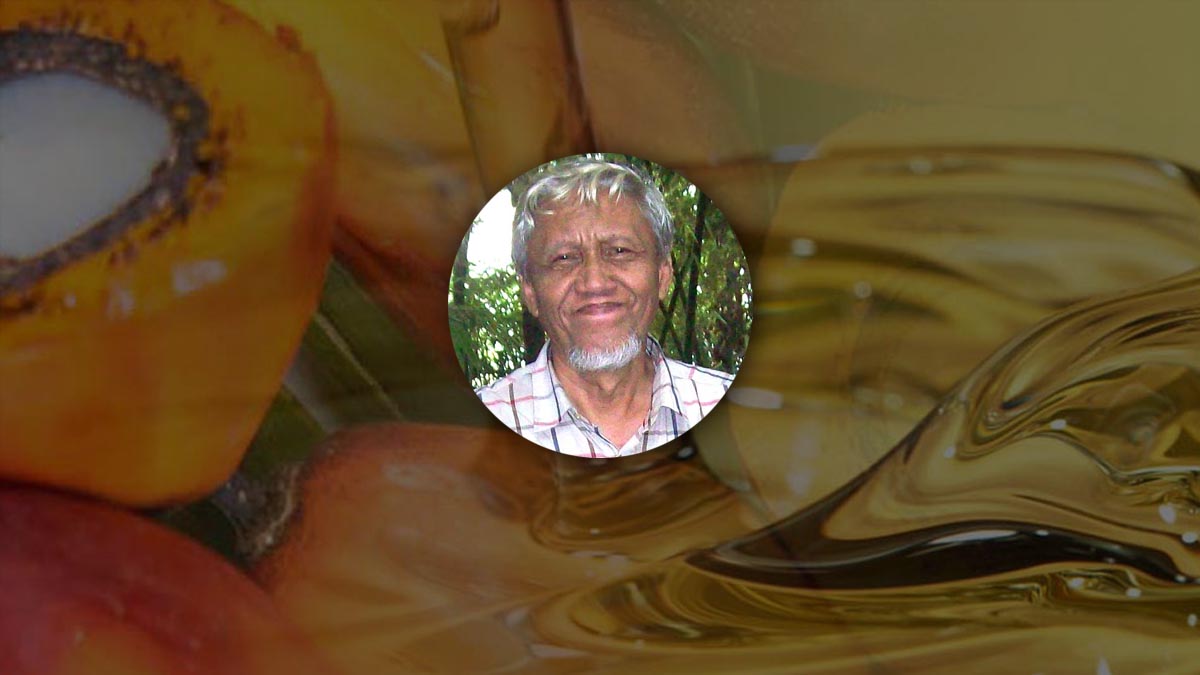PALMOILMAGAZINE, BANDUNG – The palm oil sector once again highlights a paradox. On one hand, Indonesia is the world’s largest palm oil producer, with plantations covering 17.3 million hectares out of a total of 20.5 million hectares under permit. On the other hand, productivity remains far below its actual potential. This gap explains why farmers and industry players have yet to fully enjoy prosperity from the crop.
Trillions in Lost Potential
Indonesia’s current average palm oil production is only around 3 tons of oil per hectare per year, totaling 50 million tons nationally. Yet, with hybrid varieties and proper care, yields could reach 11 tons per hectare. This means an annual production gap of 102–130 million tons.
At a reference price of Rp14,000 per kilogram, the lost value is equivalent to Rp1,428–1,820 trillion—nearly half of Indonesia’s state budget (APBN). Such funds, if realized, could circulate across 26 palm oil–producing provinces, injecting an average of Rp58 trillion per province and boosting regional economic growth.
Subsidies as Investments
The key lies in fertilization. Hybrid palm trees are nutrient-intensive, requiring 18 million tons of fertilizer annually, worth around Rp90 trillion. If the government subsidizes fertilizer, the returns to the state—through taxes and economic circulation—could double to Rp200 trillion. In this sense, subsidies should be viewed not as a burden, but as a strategic investment.
Unfortunately, the reality in the field is far from ideal. Many private plantation companies (PBS) neglect basic practices. Fertilization is skipped, plantation roads are left in disrepair, harvesting is poorly managed, and some plantations are even abandoned and sold off. As a result, both productivity and state tax contributions decline.
Troubling Condition of Smallholder Plantations
The situation is equally concerning for smallholders. Many smallholder plantations are left unfertilized, overrun with weeds, and accessible only at the edges due to severely damaged roads. The national fresh fruit bunch (FFB) yield averages only 13 tons per hectare, producing just 2.78 tons of oil per hectare—far below the experimental potential of 11 tons per hectare.
Poor harvest management further reduces quality. FFB is often overripe, undersized, or still includes Dura varieties with low oil extraction rates. This drastically lowers both productivity and profitability.
Time for Government Action
It is time for the government to intervene seriously. A massive intensification program is needed, including soft loans for both smallholders and undercapitalized PBS. The government could also reallocate mismanaged plantations from private firms to state-owned enterprises (BUMN) with stronger management.
Moreover, plantation licensing must consider management competence. Land should not be treated merely as a trading asset. For highly productive foreign-owned plantations, the government could explore production/profit-sharing contracts, ensuring a fair portion of profits flows back to the state—aligning with the mandate of the 1945 Constitution.
Energy and Economic Sovereignty
Boosting palm oil productivity could allow Indonesia to reduce or even eliminate fuel imports. Palm-based bioenergy could meet national energy needs, while funds currently spent on imports could be redirected to domestic farmers and businesses.
With proper management, palm oil is not just an export commodity—it can also serve as a foundation for energy sovereignty and equitable regional economic development. The potential is massive, awaiting only bold government policy. (*)
By: Memet Hakim – Plantation Analyst, Lecturer at the Faculty of Agriculture, Universitas Padjadjaran, Senior Advisor at APIB & APP Bangsa
